[= Megopis scabricornis Scopoli, 1763]
Subfamilia: PRIONINAE / Tribus: AEGOSOMATINI
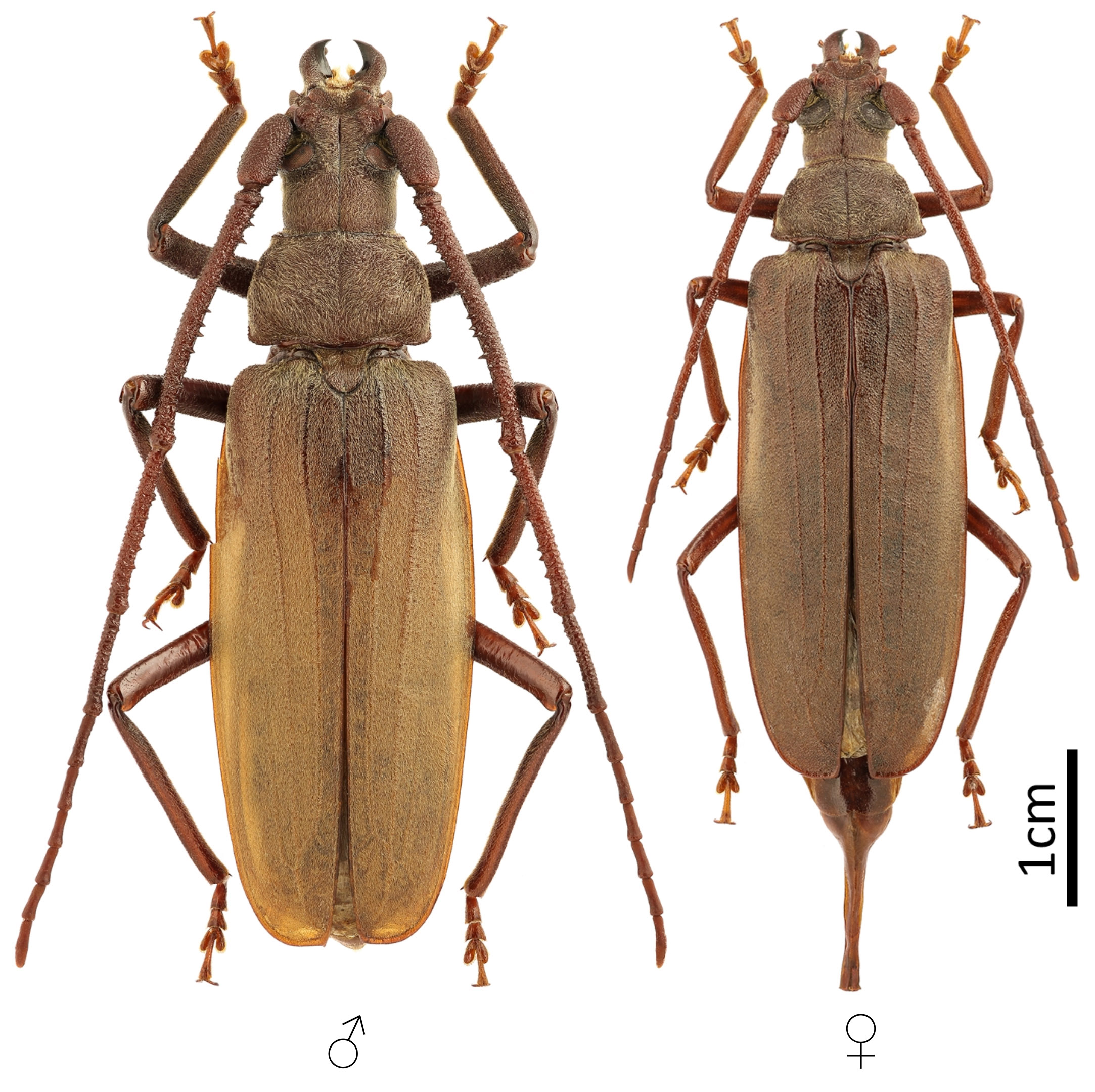
[Photo © Lech Kruszelnicki]
Aegosoma scabricorne, a widely distributed xerothermic West-Palaearctic species, has been described from Carniola (Slovenia) as Cerambyx Scabricornis by Giovanni Antonio Scopoli in 1763 [☆]. The species is very rare in Czechia, it is probably extinct in Bohemia (there are only historical finds) and currently it can be found only in South Moravia. In Europe, A. scabricorne is ecologically bounded mainly to riparian and floodplain forest stands, older parks and grazing sparse forests of warm regions. Larval development most often takes place in dead parts of living standing trees with sufficient moisture (e.g. in barkless tree parts or in dead wood of hollow trees). It less often develops in the lower parts of thicker dead trees. The development in stumps and lying wood is quite exceptional. Often several generations develop simultaneously in the same tree. Before pupation, the larva creates an exit hole, which it closes with a layer of thick chips, or leaves a thin layer of surface wood, which the hatched adult then penetrates. Life cycle at least three years. Adults, active from June to September (peak in July and August), are crepuscular/nocturnal and can be found on the host trees [✮][✧].
Body length: 25 - 52 mm Life cycle: at least 3 years Adults in: June - August Host plant: broadly polyphagous in deciduous trees (most often in Populus and Salix, less often in Ulmus, Juglans, Fagus, Fraxinus, Alnus, Pyrus, Quercus, Aesculus, Tilia, Acer, Carpinus, Ulmus, Pyrus, Armeniaca, Betula, Platanus, Prunus, Castanea etc.) Distribution: Albania, Austria, Belarus, Bosnia and Herzegovina, Bulgaria, Corsica, Croatia, Czechia, France, Germany, Greece, Hungary, Italy, Montenegro, North Macedonia, Romania, Russia, Sardinia, Serbia, Sicily, Slovakia, Slovenia, Spain, Switzerland, Ukraine, Azerjbaijan, Armenia, Georgia, Iran, Iraq, Syria, Turkey
The mounted specimens were collected in Greece. The living beetles were photographed: (DR) - in Soutok Gamer Reserve (Pohansko environs, Břeclav district, South Moravia, Czechia) on July 23, 2016; (NR) - Budakeszi environs (Budapest metropolitan area, Pest county, Hungary) on July 14, 2014.Collected by Lech Kruszelnicki, Daniel Rydzi and Nikola Rahmé
[☆]
Scopoli G.A.:
Entomologia Carniolica exhibens Insecta Carniolæ indigena et distribua in ordines, genera, species, varietates. Methodo Linnæana.
Typis Ioannis Thomae Trattner, Vindobonae: 6 + i-xxiii + 421pp, 1763. [download]
[✮]
Sláma M.E.F.:
Tesaříkovití – Cerambycidae České republiky a Slovenské republiky / Cerambycidae of the Czech Republic and Slovak Republic.
Milan Sláma private printing, Krhanice, 383pp [pages 65-68], 1998 [ISBN: 80-238-2627-1]. [download]
[✧]
Danilevsky M.L.:
Longicorn beetles (Coleoptera, Cerambycoidea) of Russia and adjacent countries. Part 1.
Higher School Consulting, Moscow, 550pp [page 37], 2014. [download]
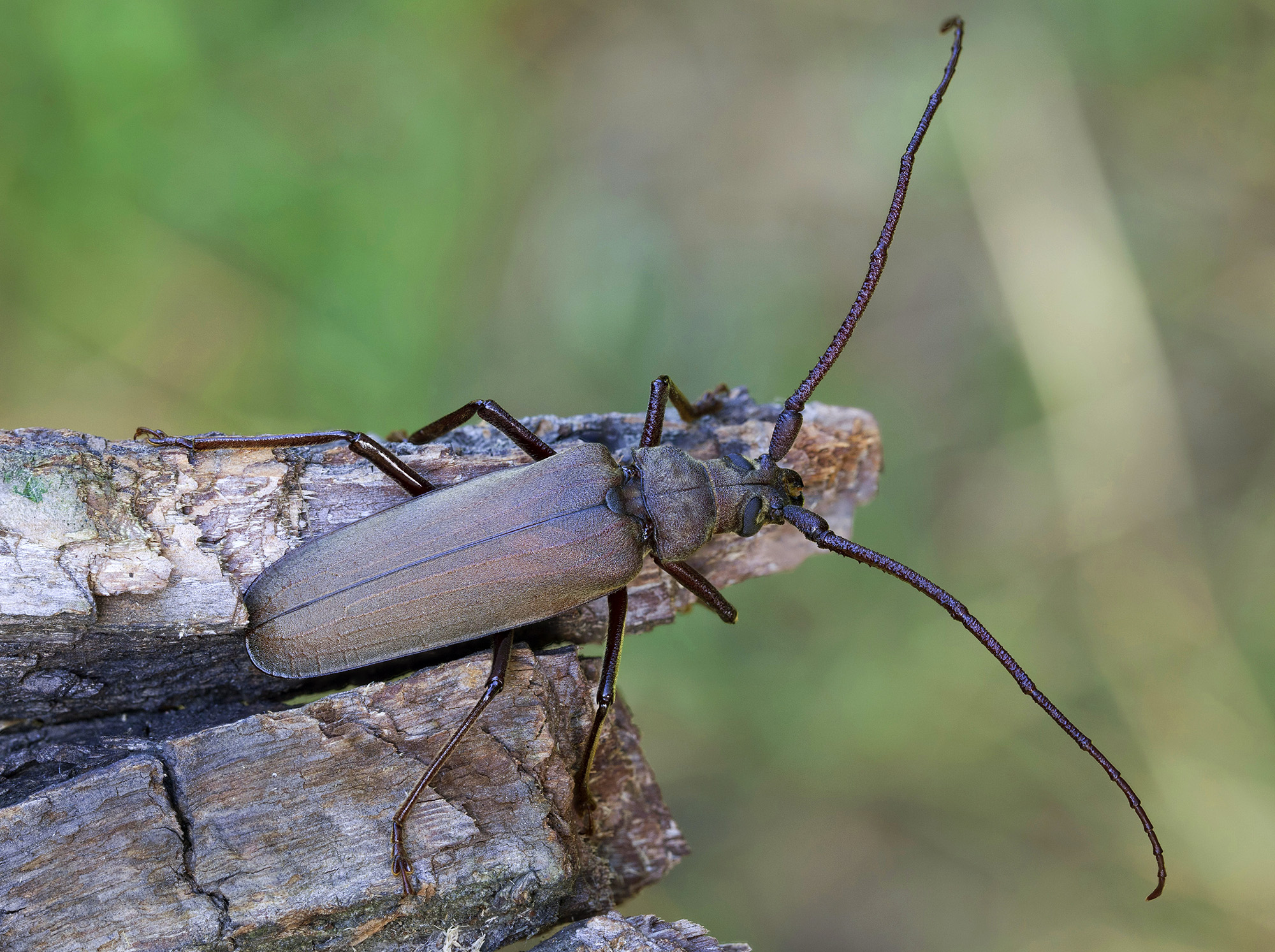
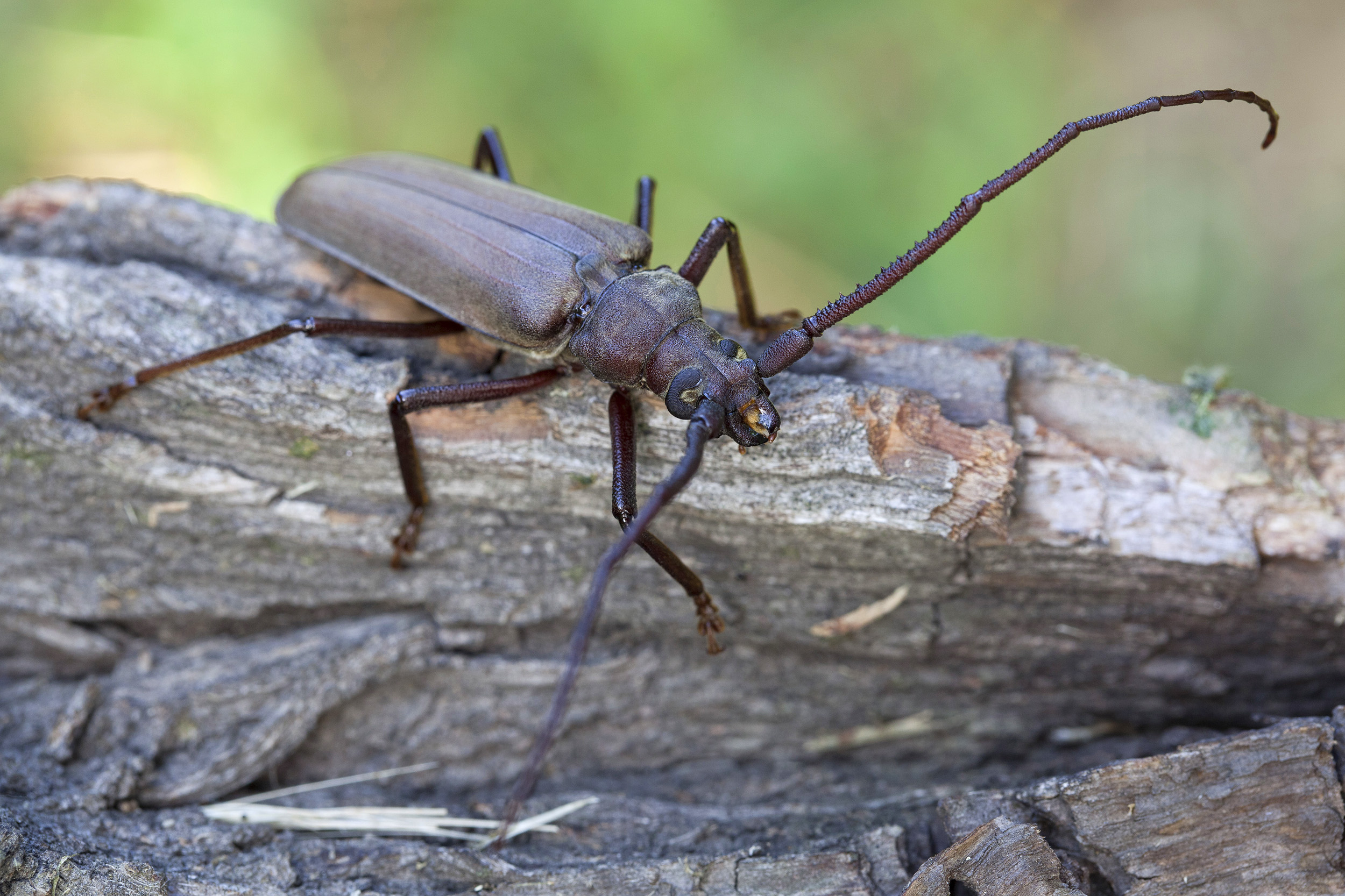
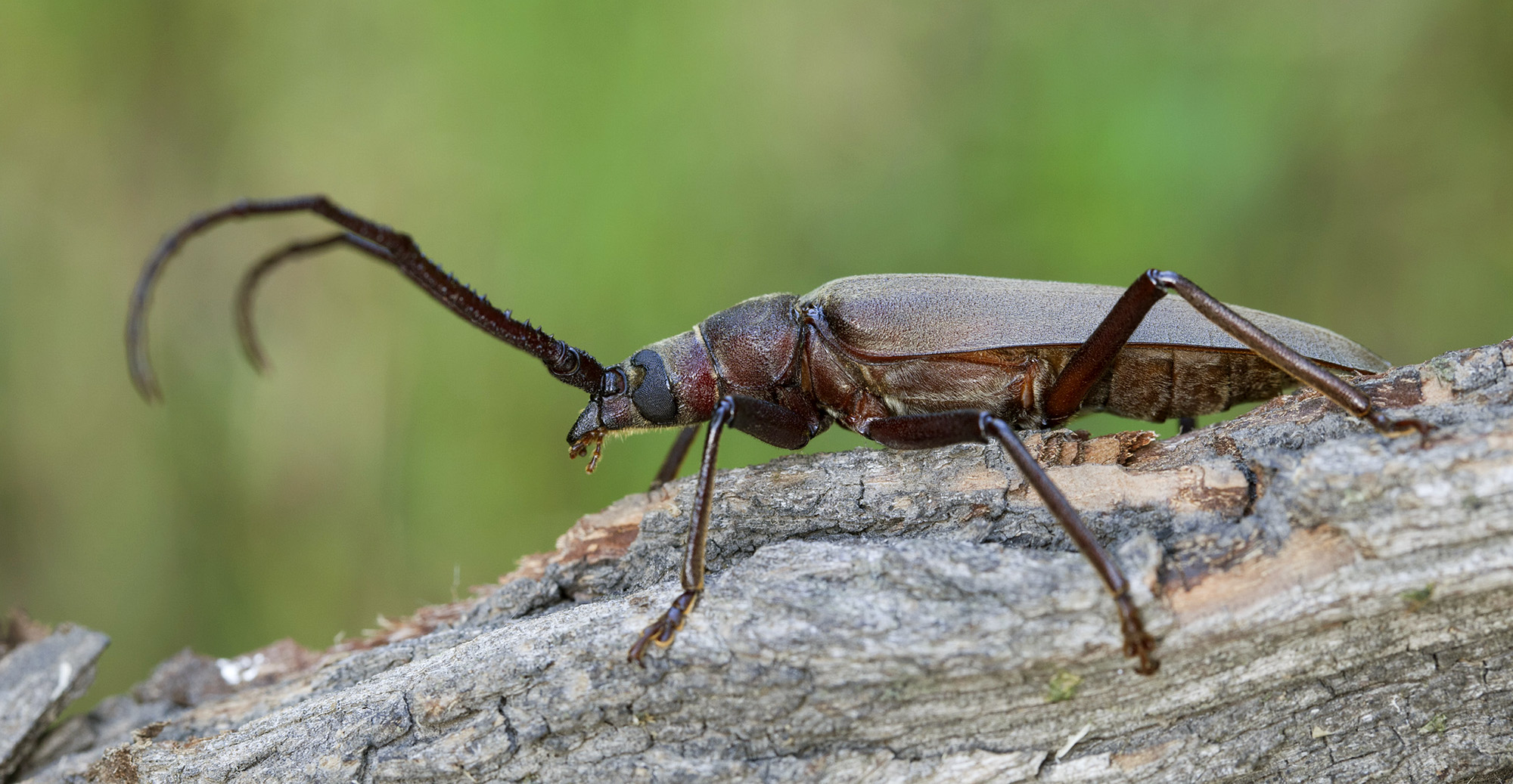
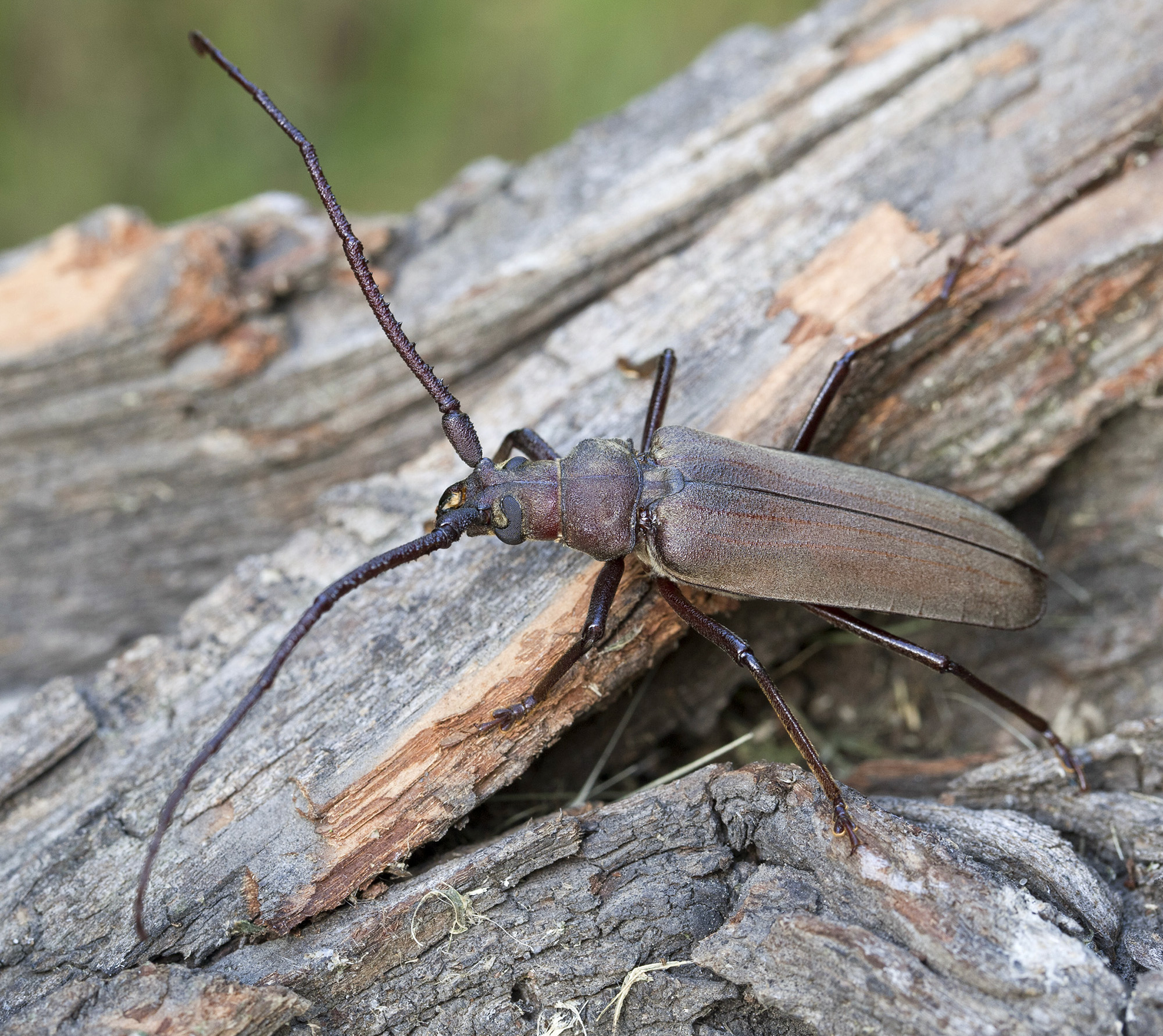
Aegosoma scabricorne ♂ [Photo © Daniel Rydzi]
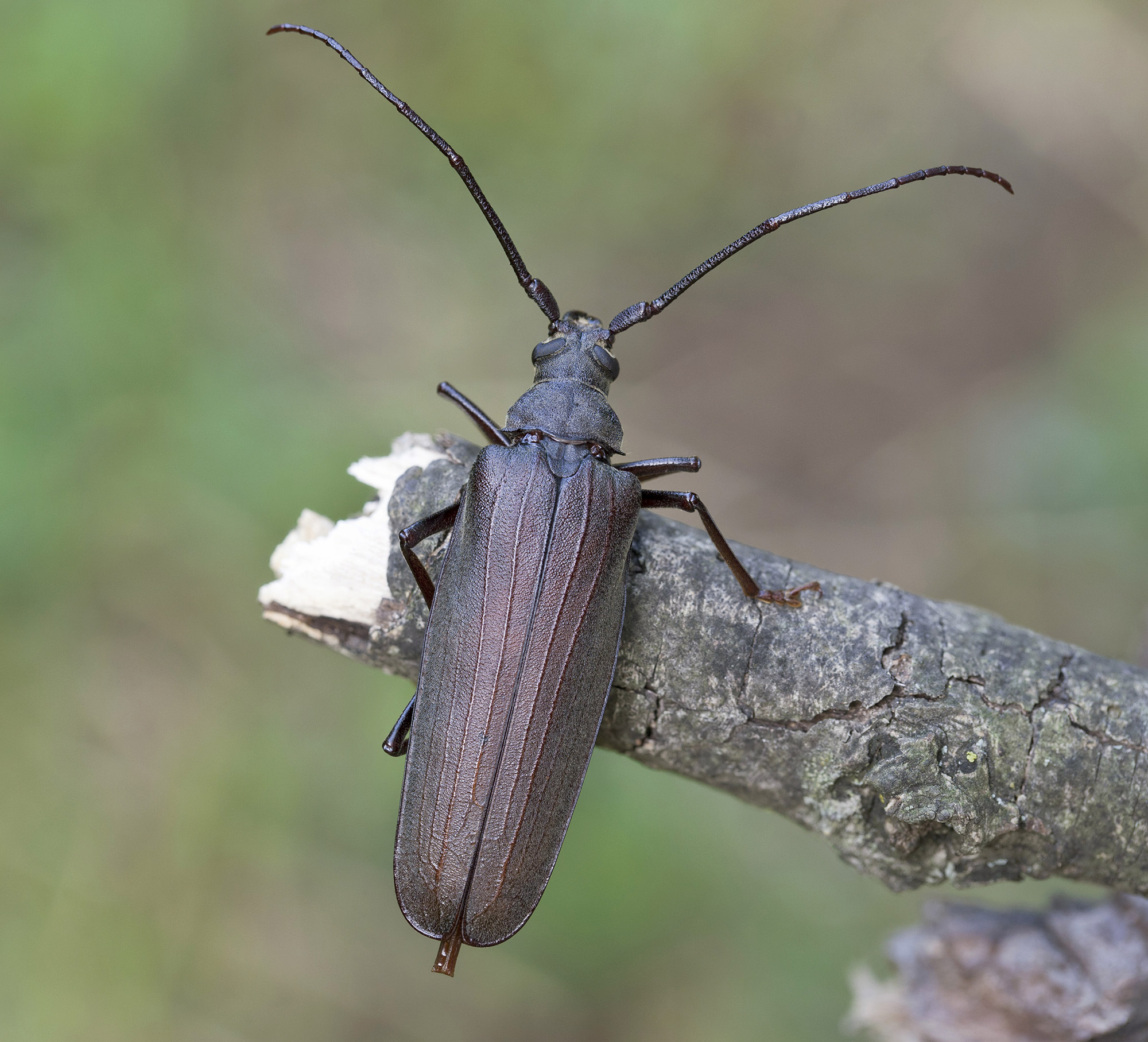
Aegosoma scabricorne ♀ [Photo © Daniel Rydzi]
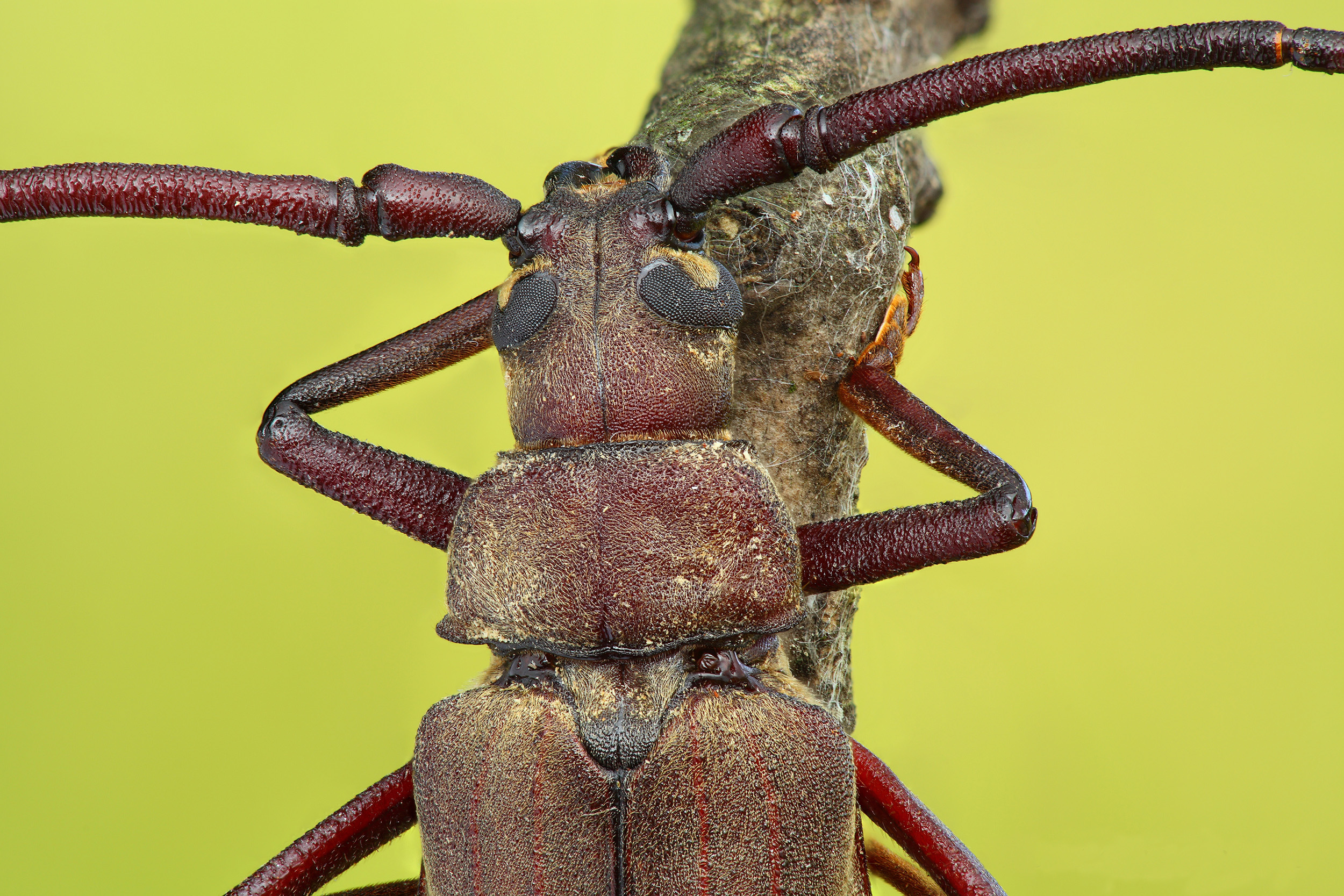
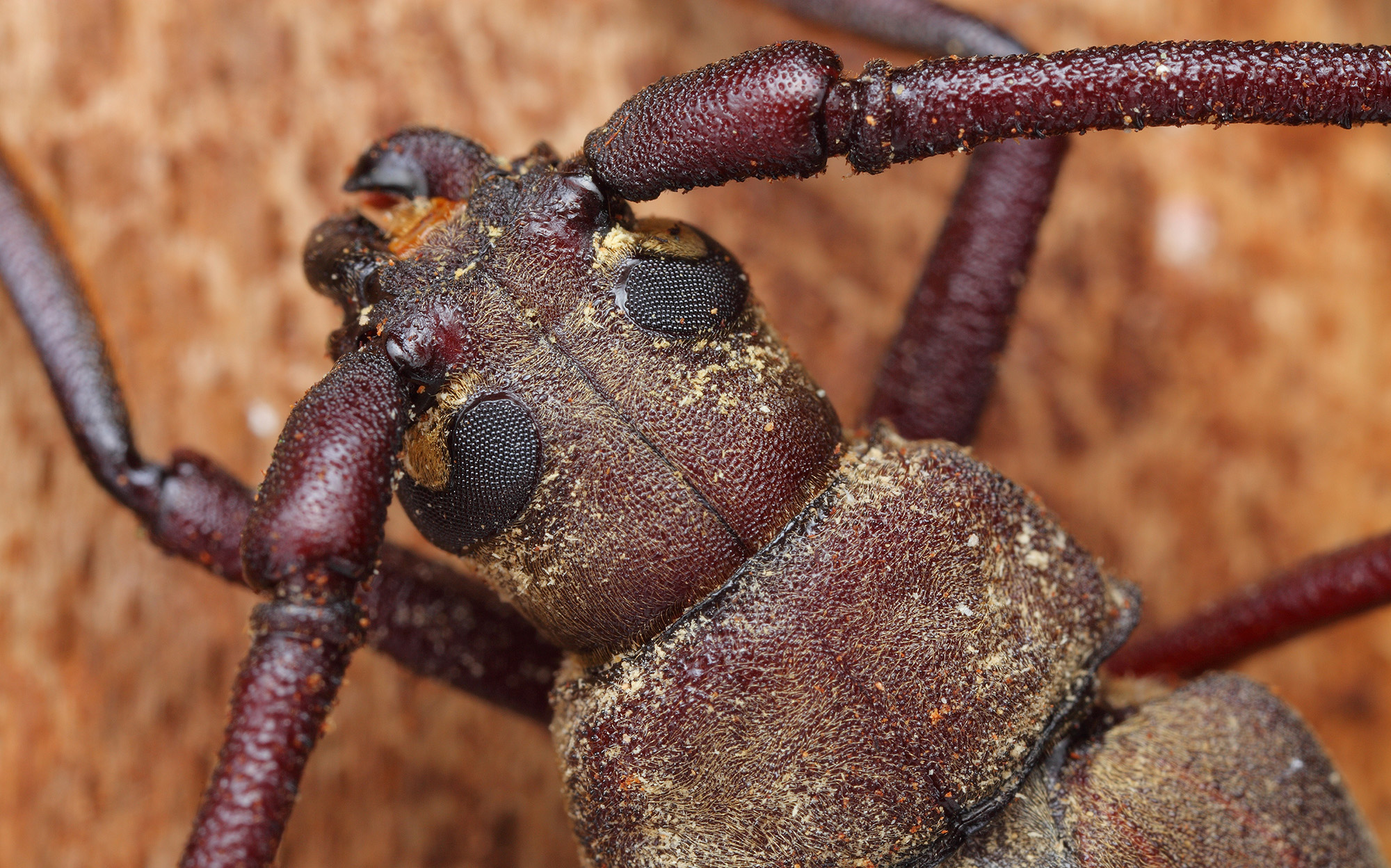
Aegosoma scabricorne ♂ [Photo © Nikola Rahmé]
| Subfamilia | Prioninae Latreille, 1802 |
| Tribus | Aegosomatini Thomson, 1861 |
| Genus | Aegosoma Audinet-Serville, 1832 |
| Species | Aegosoma scabricorne (Scopoli, 1763) |
